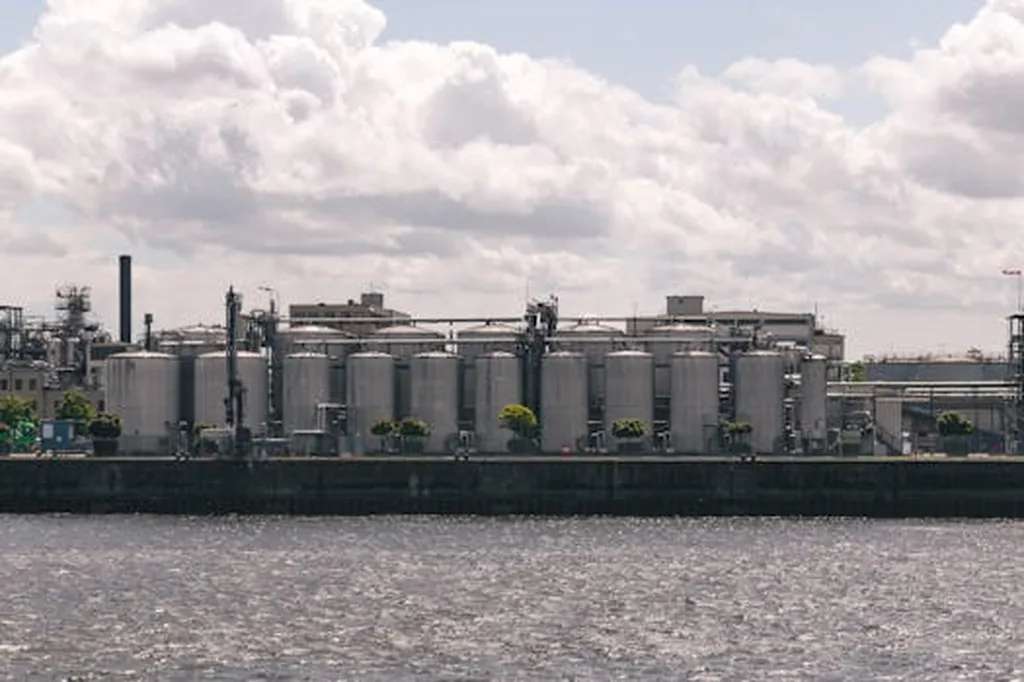In the heart of Iraq, at the Dour Technical Institute of the Northern Technical University, a breakthrough in materials science is unfolding, with potential ripples set to resonate through the energy sector. Omar Hassan Mahmood, a researcher at the institution’s Mechanical Department, has been delving into the world of aluminum-copper composites, and his findings could redefine the boundaries of material performance in modern engineering applications.
Mahmood’s research, published in ‘AIMS Materials Science’ (which translates to ‘Applied Interdisciplinary Materials Science’), focuses on the effect of copper nanoparticles on the microhardness and physical properties of aluminum matrix composites. The study is a testament to the power of nanotechnology in enhancing material properties, with significant implications for the energy sector.
The research team employed powder metallurgy techniques, coupled with ultrasonic mixing, to ensure a uniform distribution of copper nanoparticles within the aluminum matrix. “The ultrasonic mixing process was crucial in achieving a homogeneous distribution of nanoparticles,” Mahmood explains. This meticulous process led to the creation of nanocomposites with varying volume fractions of copper nanoparticles, ranging from 0 to 25 weight percent.
The results were promising. As the concentration of copper nanoparticles increased, so did the density of the composite, while porosity decreased. This enhancement in physical properties translated into improved mechanical performance. “The hardness of the Al-Cu composite increased with the addition of copper nanoparticles,” Mahmood notes, highlighting the potential for these materials in applications requiring high strength and durability.
But the most striking finding was the direct relationship between copper nanoparticles and the thermal and electrical conductivity of the composite. The composite with 25 weight percent copper nanoparticles achieved an impressive 78.87% of the electrical conductivity of pure copper. This could be a game-changer for the energy sector, where materials with high electrical conductivity are in high demand.
The implications of this research are vast. In an era where energy efficiency and sustainability are paramount, materials that can enhance performance while reducing energy loss are invaluable. The Al-Cu composites developed by Mahmood and his team could find applications in power transmission lines, electrical connectors, and heat exchangers, to name a few.
Moreover, the research opens up new avenues for exploration in the field of materials science. As Mahmood puts it, “This study paves the way for further research into the effects of different nanoparticles on the properties of aluminum composites.” The potential for creating materials tailored to specific applications is immense, and the energy sector stands to benefit greatly from these advancements.
In the quest for materials that can meet the demands of modern engineering, Mahmood’s research shines a light on the potential of nanotechnology. As we strive for a more sustainable and energy-efficient future, these Al-Cu composites could play a pivotal role. The journey of this research from the labs of the Dour Technical Institute to the energy sector is a testament to the power of innovation in shaping our future.

